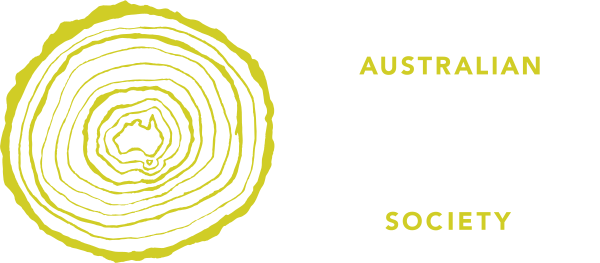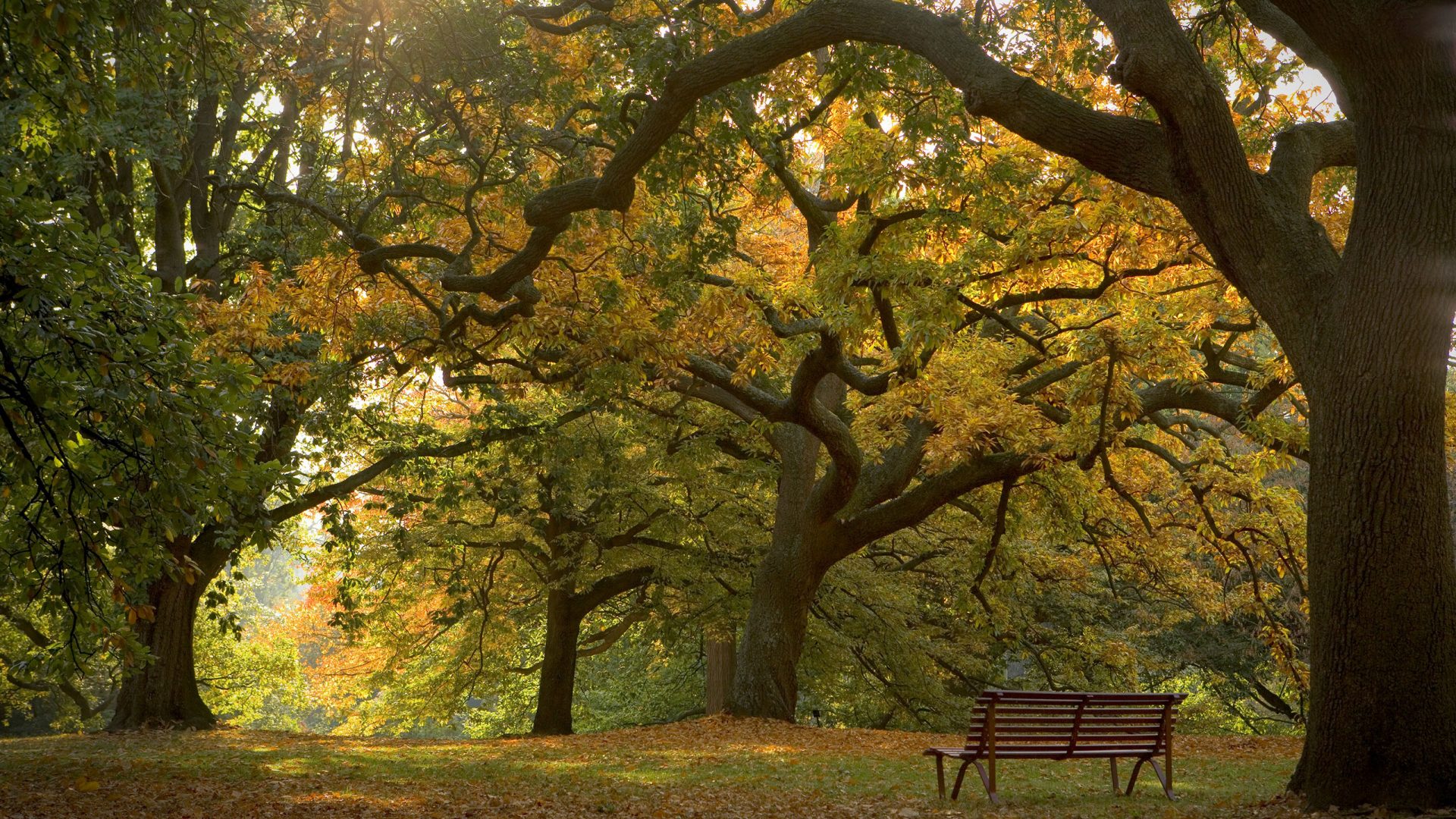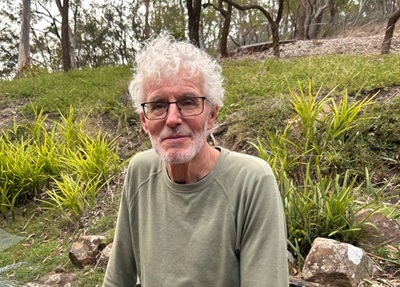Interview Recording
Interview Transcript
Mark Fountain interviewed on 16 June 2025 by Jean Elder
Synopsis
In this thoughtful interview, Mark Fountain shares the story of how his creative journey in horticulture and gardening progressed from nurseryman through a 25-year career at the Royal Tasmanian Botanical Gardens [RTBG] to the development of his own native garden close to Hobart.
Mark grew up in Launceston during the 1950s and ’60s. His father nurtured a traditional suburban garden filled with hydrangeas, fuchsias, and even a frog pond. “The front garden looked fantastic”, Mark recalls, “the back garden was a bit more functional”. His father also grew competition chrysanthemums.
As a boy interested in science, nature and art he fed this curiosity through reading magazines such as Knowledge and Discovering Art. A book that particularly stood out was Nineteen Ways of Looking at Wang Wei, an unusual read for a young person, but its landscapes and poems left a lasting impression.
After a brief stint studying art in Hobart, Mark realised his real passions were writing, poetry, and ultimately, plants. He enrolled in horticulture studies at TAFE Hobart. At the same time, he worked at Westland Nurseries, a major Tasmanian commercial nursery, which he considers the best learning environment he could have had.
During his TAFE years, he connected with friends Michael Garrett and Colin Allan. The trio would spend weekends exploring Tasmania’s bushland. This immersion in nature left a strong imprint on Mark’s approach to gardening.
In 1994, Mark joined the RTBG as Head of the Nursery and eventually rose to become Deputy Director. Some career highlights include:
- Developing the Macquarie Island Plant House project
- Fieldwork in Tasmania’s South-West
- Establishment of the Tasmanian Seed Conservation Centre
- Development of the Strategic Master Plan
- Representing RTBG in the Council of Heads of Australasian Botanical Gardens, advocating for smaller public gardens
At the RTBG, his days were rich and varied, working with scientists, meeting visitors (including an unexpected visit from Tasmanian botanist Winifred Curtis) and promoting the Gardens. He also presented at international conferences, events which offered opportunities to travel, particularly to the UK and Japan.
Since retirement in 2019 Mark has embraced life as a self-described hermit gardener. He and his wife Keryn have been nurturing a challenging garden on a dry ridgeline at Mt Rumney since 1996. Established by previous owners as a classic Australian plants garden, it has gradually evolved to respond to climate change with more resilient native species and the realities of bushfires, less water and local wildlife.
Drawing on the ideas of American landscape architect Thomas Church and Japanese designer Mirei Shigemori, Mark has brought the garden into harmony with both house and the surrounding bushland. His travels in Japan inspired many of the design elements, including hand-built rock walls and stone paths, which reflect his love for craftsmanship and hard physical work.
In recent years Mark has undertaken consultancies at historic sites such as Dalness in northern Tasmania, Government House gardens on Norfolk Island, and a contemporary landscape on Bruny Island.
The garden at Mt Rumney is featured in Visionary: Gardens and Landscapes for our Future (2024) by Claire Takacs, one of only three Tasmanian gardens included. Mark shares the garden’s evolution on Instagram – a modern-day diary. And in many ways, this garden is just that: a diary, a journey, a poem. Or as Mark puts it, “a visual poem … that probably goes right back to dreaming my way into Song Dynasty landscapes”.


